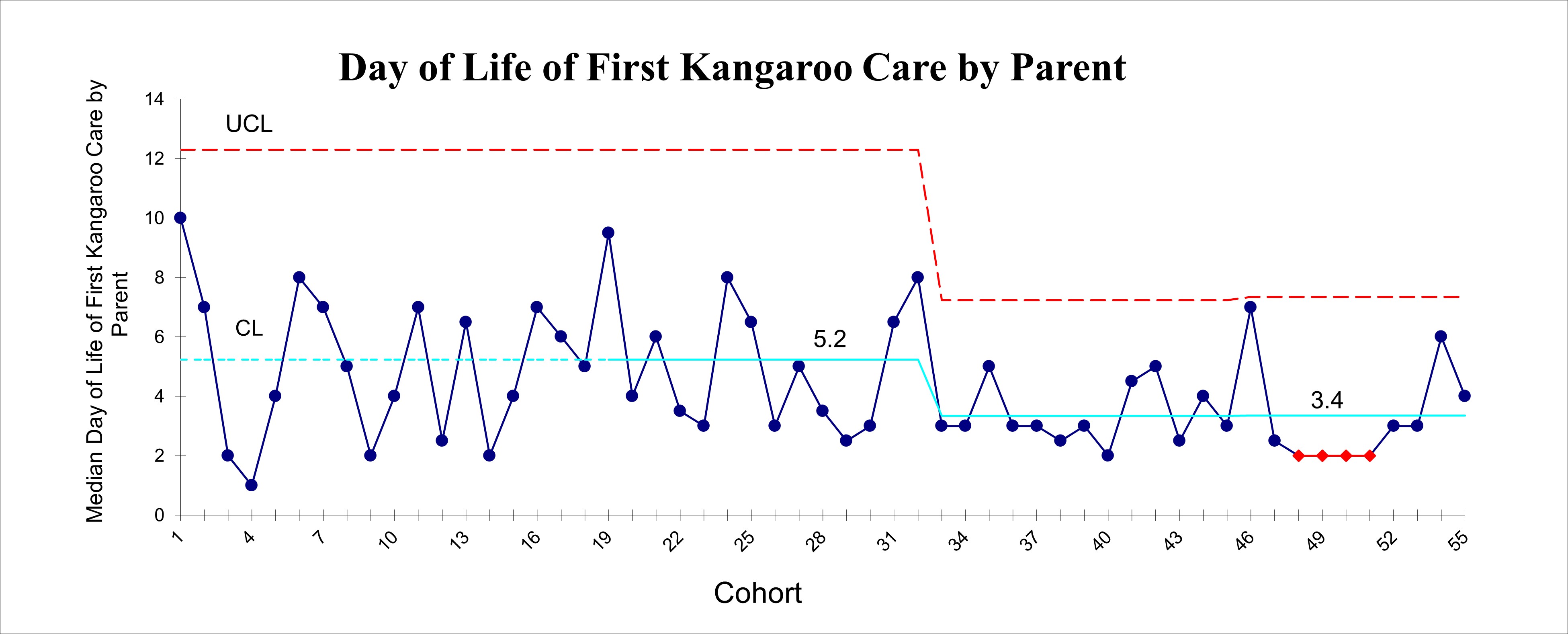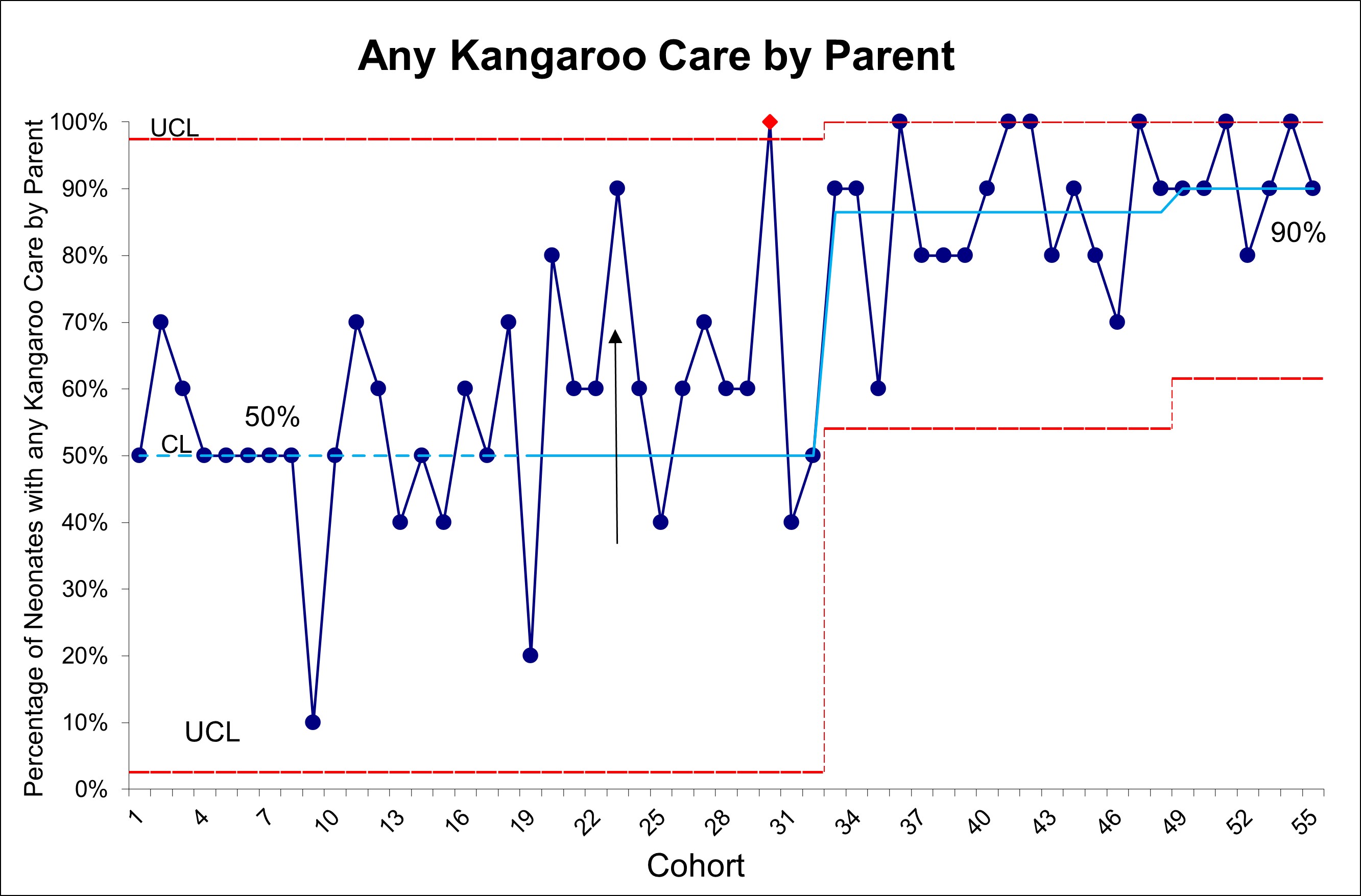Neonatal Quality Improvement 5
Session: Neonatal Quality Improvement 5
518 - Increasing Kangaroo Care in the Neonatal Intensive Care Unit for Very Preterm Neonates – A Quality Improvement Initiative
Saturday, April 26, 2025
2:30pm - 4:45pm HST
Publication Number: 518.5122
Katherine Taylor, ECU Health Medical Center, Washington, NC, United States; Uduak S. Akpan, Brody School of Medicine at East Carolina University, Greenville, NC, United States; Jessica Scheller, James and Connie Maynard Children's Hospital at Vidant Medical Center, Greenville, NC, United States; Jodi Calamito, James and Connie Maynard Children's Hospital at Vidant Medical Center, Clayton, NC, United States

Katherine Taylor, DO (she/her/hers)
Clinical Assistant Professor, Neonatal-Perinatal Medicine
ECU Health Medical Center
Washington, North Carolina, United States
Presenting Author(s)
Background: Kangaroo care (KC) has been proven to improve outcomes for premature neonates admitted to the neonatal intensive care unit (NICU). However, several barriers exist to successful implementation. We noted a low rate of KC in our level IV NICU and designed a Quality Improvement (QI) project to address this problem.
Objective: Our aim was to increase the percentage of KC during the days parents of very preterm neonates (28-33 weeks) were present in the first 28 days of life, by 50% over 12 months.
Design/Methods: A multidisciplinary team was formed and together we assessed barriers to KC and organized the results into a fish bone diagram and a key driver diagram. We implemented our interventions over a series of Plan Do Study Act (PDSA) cycles. Key interventions included unit wide education including creating a KC handout for parents (PDSA 1, January-March 2023), posting KC signage at key locations for parents and incorporating discussions about KC on rounds (PDSA 2, March-June 2023), educating new nurses at their orientations (PDSA 3, June-August 2023), creating a unit KC policy and changes to the electronic medical record (EMR) to increase documentation rates (PDSA 4, August-November 2023) and simulation experiences to increase comfort among nurses and respiratory therapists in assisting parents with KC (PDSA 5, November 2023-January 2024). We collected and analyzed our data in cohorts consisting of 10 patients each. Measures were tracked using statistical process control charts.
Measures
Outcome measure:
Percentage of KC days for the number of days that parents were present over the first 28 days of life
Process measures:
Median day of life of first KC
Percentage of infants with any KC in the first 28 days of life.
Balancing measure:
Number of reported safety events related to KC per patient who received KC
Results: We collected data for 550 patients over 27 months. At baseline, infants received KC 8% of days their parents were present. This increased to 25% by the end of the project, meeting our project goal. The median first day of KC decreased from 5.2 to 3.4 and 90% of parents performed any KC, an 80% increase from baseline. Reported safety events due to KC did not increase.
Conclusion(s): Our team successfully increased KC in very preterm infants in our NICU with a multi-pronged and multi-disciplinary approach. We created interventions that were built into our NICU culture ensuring sustainability. Challenges included difficulty with parental education and poor participation in some nursing-targeted interventions.
Percentage of Days with Kangaroo Care
.jpg)
Day of Life of First Kangaroo Care by Parent

Any Kangaroo Care by Parent

Percentage of Days with Kangaroo Care
.jpg)
Day of Life of First Kangaroo Care by Parent

Any Kangaroo Care by Parent



